Henri Matisse - View of Collioure 1905
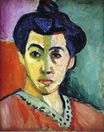 |
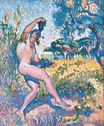 |
 |
 |
 |
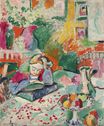 |
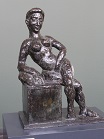 |
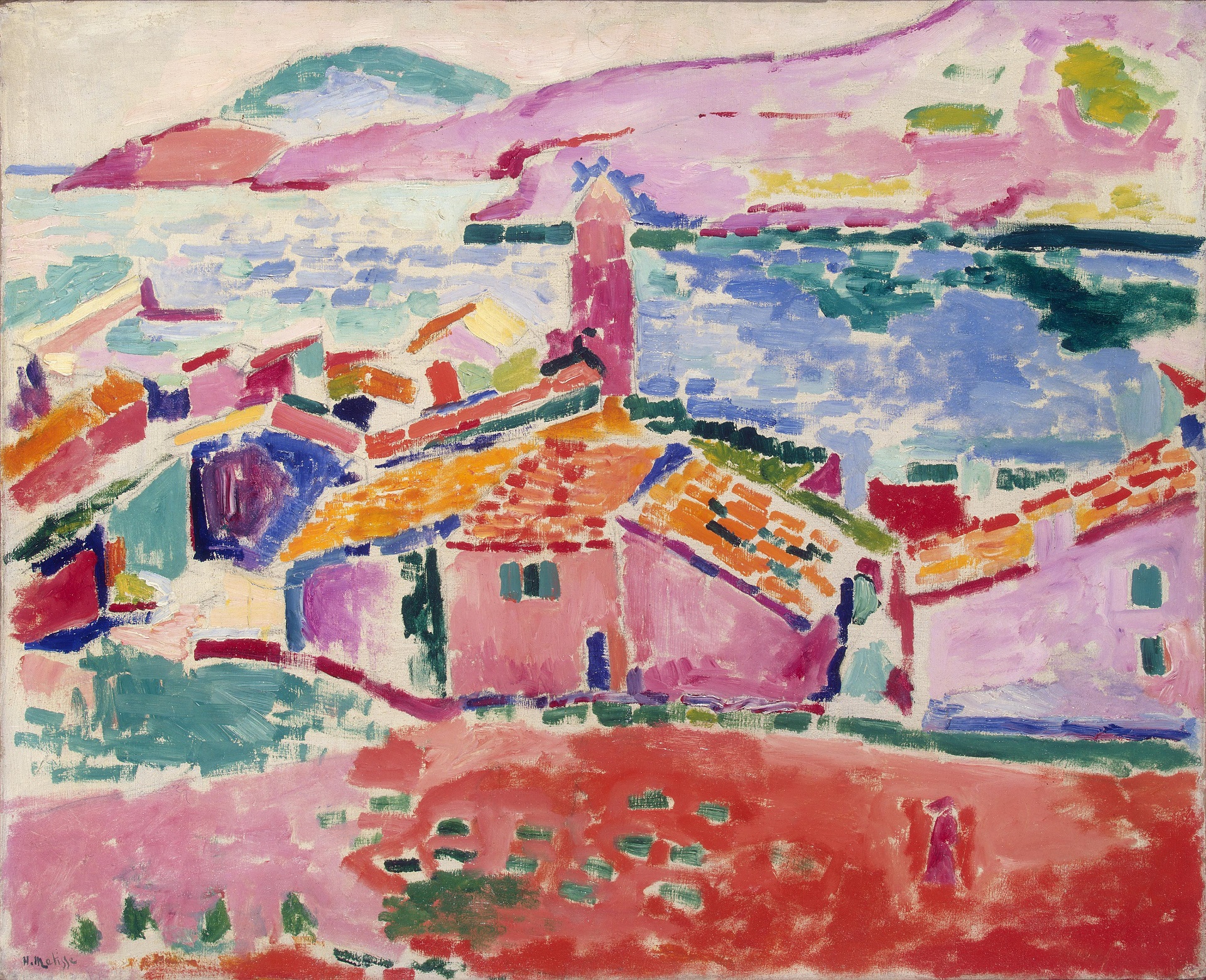
View of Collioure 1905
59x73cm oil/canvas
Hermitage, St. Petersburg, Russia
<< Previous G a l l e r y Next >>
From Hermitage, St. Petersburg:
Collioure was a small southern French town on the shore of the Mediterranean where Matisse worked in the summer of 1905 and the spring and summer of 1906. This view of the town is usually dated to 1905. The world is flooded with sunlight, it radiates joy in life and joy in painting. "Everything must be created anew: both object and colour," said Matisse. The colouring is unbelievably intense. Matisse created a sense of the bright southern landscape and the blinding rays of the sun without the use of coloured shadows. Instead, he builds up a complex contrast of areas of orange, red, pinkish-lilac and raspberry, in the tiled roofs, the sunbaked earth, the walls of the houses and the belltower of the church above the sea. The antagonism between the reddish tones and the cold blue of the water reinforces the sense of sultriness. Areas of primed white canvas, untouched by paint, set off the colours and fill the canvas with additional light. In 1905 Matisse and his friends exhibited their work at the Salon d'Automne in Paris, an exhibition which was to go down in history. The artists amazed visitors with their radical daring and undulled colours, their simplified devices and their impulsiveness, which provoked the critic Louis Vauxcelles to describe them as wild beasts - "fauves". Thus the shortlived movement (1905-1907) to which Matisse's paintings at this time belonged is now known as Fauvism.